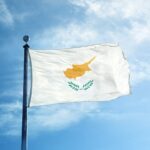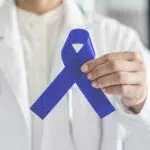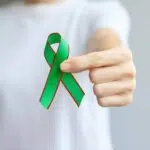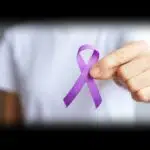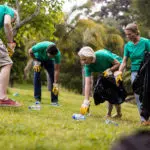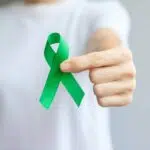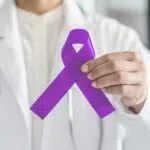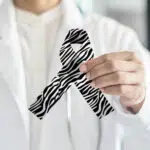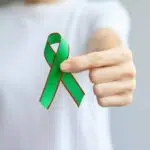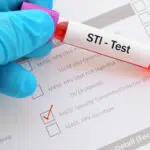Sexual Assault Awareness Month, observed each April, is a campaign that aims to increase awareness about the causes and risk factors for sexual assault and empower individuals to take steps to prevent it in their communities. Since 2001, the National Sexual Violence Research Center has coordinated annual programming, developing materials and resources for organizations and agencies to use. The SAAM campaign works with a variety of non-profit organizations and foundations to spread the message of awareness and prevention through educational programs, public events, and petitions for legislative action.
History of Sexual Assault Awareness Month
Observed as an opportunity to promote education and the prevention of sexual violence, Sexual Assault Awareness Month(SAAM) traces its history to the 1970s, when activists first began organizing on a national scale to reduce sexual assault and violence against women. Advocates fought tirelessly to bring a topic once taboo for public discussion out of the shadows and shed light on the widespread problem of sexual assault.
The first rape crisis center in the U.S., Bay Area Women Against Rape, opened in 1971, with the dual goals of providing counseling and advocacy to survivors and educating the community. Their work paved the way for more groups and coalitions, and in 1976, the first Take Back the Night rally brought increased visibility as activists organized more public events. Take Back the Night, a series of marches organized to protest rape and sexual assault, broadcast the message that women shouldn’t be afraid to be out at night.
By the 1980s, the National Coalition Against Sexual Assault was mobilizing groups across the country to take action at higher levels. In 1994, after a long campaign, Congress passed the Violence Against Women Act, the first legislation to require law enforcement to treat domestic violence as a crime and not a private matter.
In 2001, the first official Sexual Assault Awareness Month once again brought the issue into public consciousness and reinvigorated a national network of events and support groups that raise awareness and provide resources to survivors and those at risk. The Rape, Abuse, & Incest National Network(RAINN) supports a network of over a thousand rape crisis centers.
The campaign tries to address a broad range of issues including sexual health and consent, and engages with diverse populations by developing culturally sensitive foreign-language materials.
Sexual Assault Awareness Month timeline
Barack Obama becomes the first President to officially declare April National Sexual Assault Awareness Month.
The Sexual Violence Resource Center launches the first Sexual Assault Awareness Month campaign.
The Violence Against Women Act strengthens protections for sexual assault victims and requires law enforcement to treat domestic violence as a crime rather than a “private matter.”
The first center aimed at providing counseling and aid to victims of sexual assault and domestic violence opens in Oakland, California.
Sexual Assault Awareness Month FAQs
Where can sexual assault survivors find counseling and support?
The fastest way to access help is through the National Sexual Assault Hotline, reachable 24 hours a day at 1-800-656-HOPE.
How can educators incorporate SAAM into their curriculum?
The National Sexual Violence Resource Center’s website offers a variety of tools for educators including materials, training, research, local partnerships, and funding opportunities.
Are most sexual assaults committed by strangers?
No; in fact, more than half of women who are raped report that the perpetrator was an intimate partner.
Sexual Assault Awareness Month Activities
Educate yourself
To learn more about how to prevent sexual assault and domestic violence and support survivors, take a look at the resources compiled by the Sexual Violence Resource Center on its website or contact your local rape crisis center.
Volunteer or donate
Many wonderful organizations do the vital work of advocating for better laws, counseling survivors, and developing educational campaigns. You can donate your time or money to a worthy organization to help them keep their operations going.
Attend an event
Find your local Take Back the Night rally or other public event honoring Sexual Assault Awareness Month and show your solidarity with the cause.
5 Facts About Sexual Assault Awareness
Activism leads to change
Thanks to the efforts of survivors and advocates, the justice system now does more to protect victims of sexual assault and imposes harsher sentences on perpetrators.
There are over 1,100 rape crisis centers
There are over 1,100 RAINN-affiliated rape crisis centers in the U.S., and many other organizations provide services and support to survivors, allies, and advocates.
Rape frequently happens between partners
In more than half of rape cases involving female victims, the perpetrator was an intimate partner.
Men experience rape at one tenth the rate of women
In the U.S., 21% of women and 2.6% of men have experienced rape. However, this still amounts to a significant figure, with over 3 million men reporting a rape during their lifetime.
Sexual assault has financial costs too
The estimated lifetime financial loss due to rape is $122,461 per victim. This includes medical costs, the loss of productivity, criminal justice costs, and other associated losses.
Why We Love Sexual Assault Awareness Month
It sheds light on an important issue
SAAM gives advocates and educators the tools and resources to engage their communities in sexual assault prevention and education.
It raises money and resources
The annual campaign provides publicity and much-needed donations for organizations that work to decrease sexual assault, support survivors, and advocate for improved legislation and support systems.
It de-stigmatizes survivors
Having an open conversation about issues like sexual violence can help reduce the shame and stigma felt by survivors and encourage them to seek support and community.
Sexual Assault Awareness Month dates
| Year | Date | Day |
|---|---|---|
| 2026 | April 1 | Wednesday |
| 2027 | April 1 | Thursday |
| 2028 | April 1 | Saturday |
| 2029 | April 1 | Sunday |
| 2030 | April 1 | Monday |














